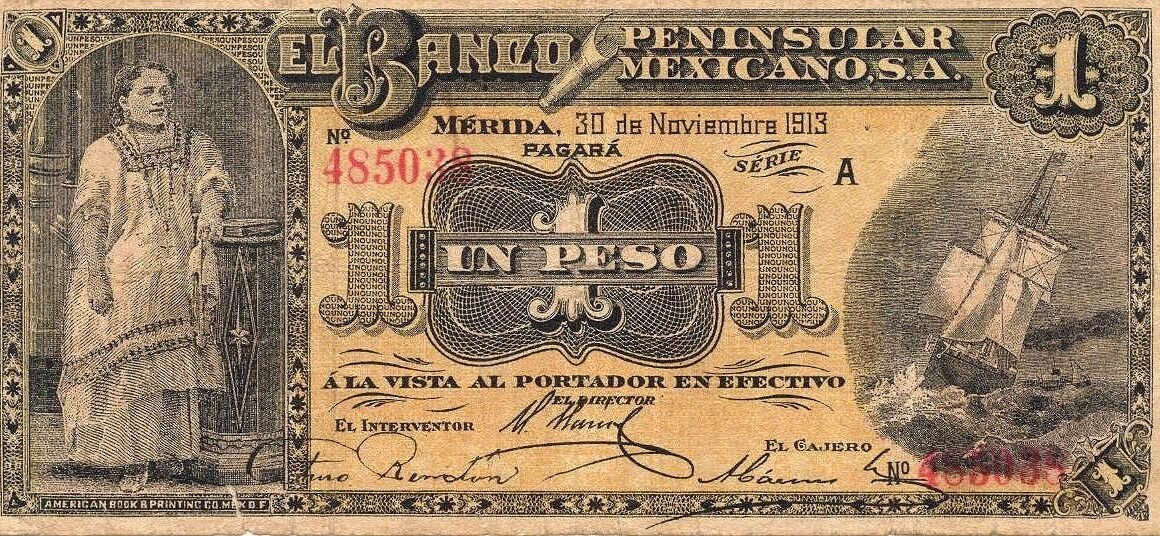Saving money is a cornerstone of financial stability, allowing you to reach your goals, prepare for unexpected expenses, and secure your future. While numerous investment options exist, savings accounts provide a safe, liquid, and accessible place to start your journey towards financial well-being. Choosing the right savings account can make a significant difference in how quickly your money grows and how easily you can access it.
Understanding Savings Accounts
What is a Savings Account?
A savings account is a basic deposit account held at a bank or credit union that earns interest on the balance. It’s designed for storing money securely while generating a modest return. Unlike checking accounts, savings accounts typically limit the number of withdrawals you can make per month to encourage saving rather than spending.
Key Features of Savings Accounts
- FDIC Insurance: Most savings accounts at banks are insured by the Federal Deposit Insurance Corporation (FDIC) up to $250,000 per depositor, per insured bank. This means your money is protected even if the bank fails. Credit unions offer similar protection through the National Credit Union Administration (NCUA).
- Interest Rates: Savings accounts offer interest rates that vary depending on the financial institution and the type of account. These rates can be fixed or variable. Keep an eye out for Annual Percentage Yield (APY), which reflects the total amount of interest earned in a year, taking compounding into account.
- Liquidity: Savings accounts are highly liquid, meaning you can easily access your money when you need it. While there are usually withdrawal limits, accessing your funds is generally straightforward through online transfers, ATMs, or in-person withdrawals.
- Low Risk: Savings accounts are considered a low-risk investment option because your principal is protected and insured (up to the FDIC/NCUA limits).
Types of Savings Accounts
- Traditional Savings Accounts: These are the most common type of savings account, offered by almost all banks and credit unions. They typically have lower interest rates than other options but are easy to open and manage.
- High-Yield Savings Accounts: Offered by online banks and some traditional banks, these accounts offer significantly higher interest rates than traditional savings accounts. They often have fewer physical branches, but offer convenient online and mobile banking options. For example, some online banks are currently offering APYs exceeding 5%, which can significantly boost your savings over time compared to a traditional savings account with an APY closer to 0.05%.
- Money Market Accounts (MMAs): MMAs are a type of savings account that may offer higher interest rates than traditional savings accounts and often come with check-writing privileges. They may also require a higher minimum balance to avoid fees.
- Certificates of Deposit (CDs): While technically not a savings account, CDs are often considered alongside them. They require you to deposit a fixed amount of money for a specific period (term) in exchange for a guaranteed interest rate. CDs generally offer higher interest rates than savings accounts, but your money is locked in until the term expires. Early withdrawal usually incurs a penalty.
Benefits of Having a Savings Account
Building an Emergency Fund
One of the most important reasons to have a savings account is to build an emergency fund. This fund should cover 3-6 months of living expenses and can be used to cover unexpected costs such as medical bills, car repairs, or job loss. An emergency fund provides a financial safety net and can prevent you from going into debt when unexpected expenses arise.
- Example: If your monthly expenses are $3,000, aim to save $9,000-$18,000 in your emergency fund.
Saving for Specific Goals
Savings accounts are also ideal for saving towards specific goals, such as a down payment on a house, a new car, a vacation, or college tuition. By setting up separate savings accounts for each goal, you can track your progress and stay motivated. Consider setting up automated transfers from your checking account to your savings accounts to make saving easier and more consistent.
- Example: If you want to save $10,000 for a down payment in two years, you’ll need to save approximately $417 per month.
Earning Interest
While savings accounts may not offer the highest returns compared to other investment options, they do provide a safe and secure way to earn interest on your money. Over time, even small amounts of interest can add up and help your savings grow. Consider high-yield savings accounts to maximize your interest earnings.
- Tip: Take advantage of compounding interest, which means earning interest on your initial deposit plus any accumulated interest. The longer you keep your money in the account, the more it will grow.
Choosing the Right Savings Account
Comparing Interest Rates and APY
When choosing a savings account, one of the most important factors to consider is the interest rate and APY. Look for accounts with competitive rates that will help your money grow faster. Compare the APY of different accounts to see which one offers the best return.
- Actionable Takeaway: Use online comparison tools to find the highest-yielding savings accounts currently available. Websites like Bankrate and NerdWallet provide updated lists of top-performing savings accounts.
Evaluating Fees and Minimum Balance Requirements
Pay attention to any fees associated with the savings account, such as monthly maintenance fees, transaction fees, or overdraft fees. Also, check the minimum balance requirements to avoid fees. Some accounts may waive fees if you maintain a certain balance.
- Example: Some banks may charge a $5 monthly fee if your balance falls below $300.
Considering Accessibility and Convenience
Consider how easily you can access your money and manage your account. Do you prefer banking online, through a mobile app, or in person at a branch? Choose an account that offers the features and services that are most important to you. Look for features like mobile check deposit, online transfers, and ATM access.
- Tip: Online banks often offer higher interest rates but may have fewer physical branches. Evaluate your banking preferences and choose an account that fits your needs.
Maximizing Your Savings
Automating Savings
One of the best ways to maximize your savings is to automate the process. Set up automatic transfers from your checking account to your savings account each month. Even small, regular transfers can add up over time.
- Example: Set up a recurring transfer of $50 per week from your checking account to your savings account. This will automatically save $2,600 per year.
Setting Financial Goals
Setting clear financial goals can help you stay motivated and focused on saving. Define specific, measurable, achievable, relevant, and time-bound (SMART) goals. For example, instead of saying “I want to save money,” set a goal like “I want to save $5,000 for a vacation in two years.”
Reviewing and Adjusting Your Savings Strategy
Regularly review your savings strategy to ensure you’re on track to meet your goals. Adjust your savings amount as needed based on your income, expenses, and financial goals. Consider increasing your savings rate when you receive a raise or bonus.
- Actionable Takeaway: Schedule a monthly or quarterly review of your savings goals and progress.
Conclusion
Savings accounts are an essential tool for building financial security and achieving your goals. By understanding the different types of savings accounts, choosing the right account for your needs, and maximizing your savings efforts, you can create a solid foundation for your financial future. Start saving today and take control of your financial well-being. Remember to prioritize building an emergency fund and set clear financial goals to stay motivated and on track. With a little planning and discipline, you can achieve your savings goals and create a more secure and prosperous future.



